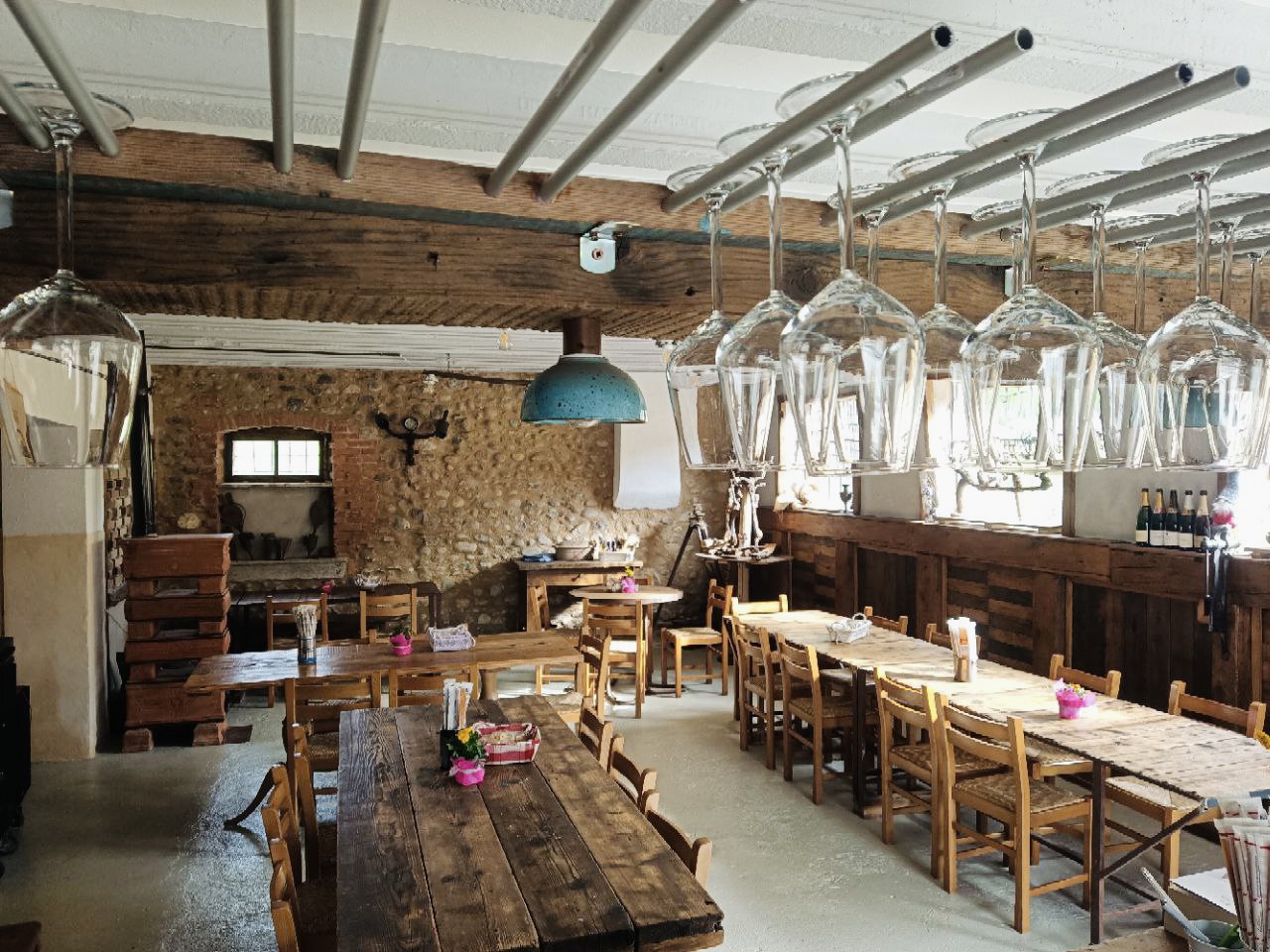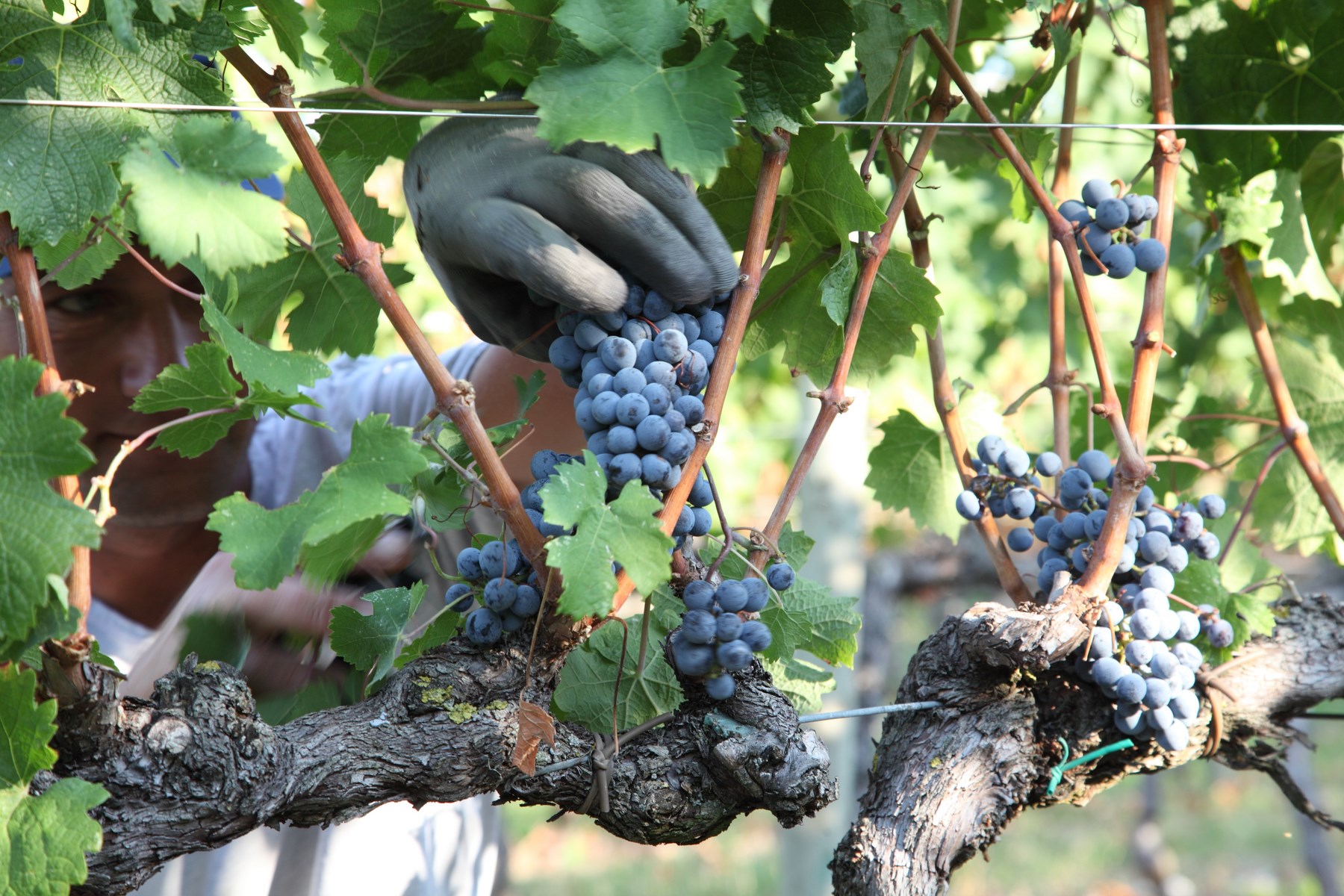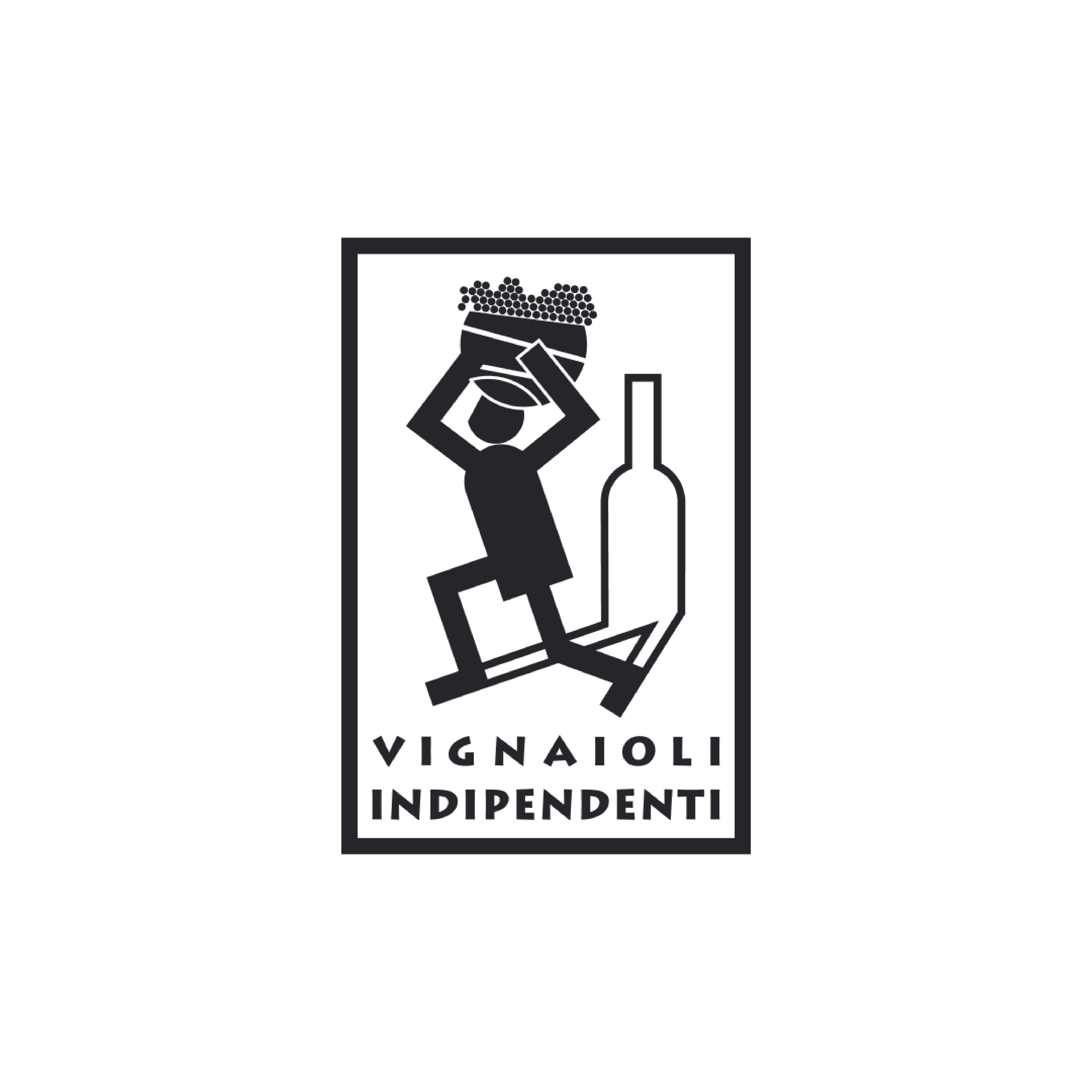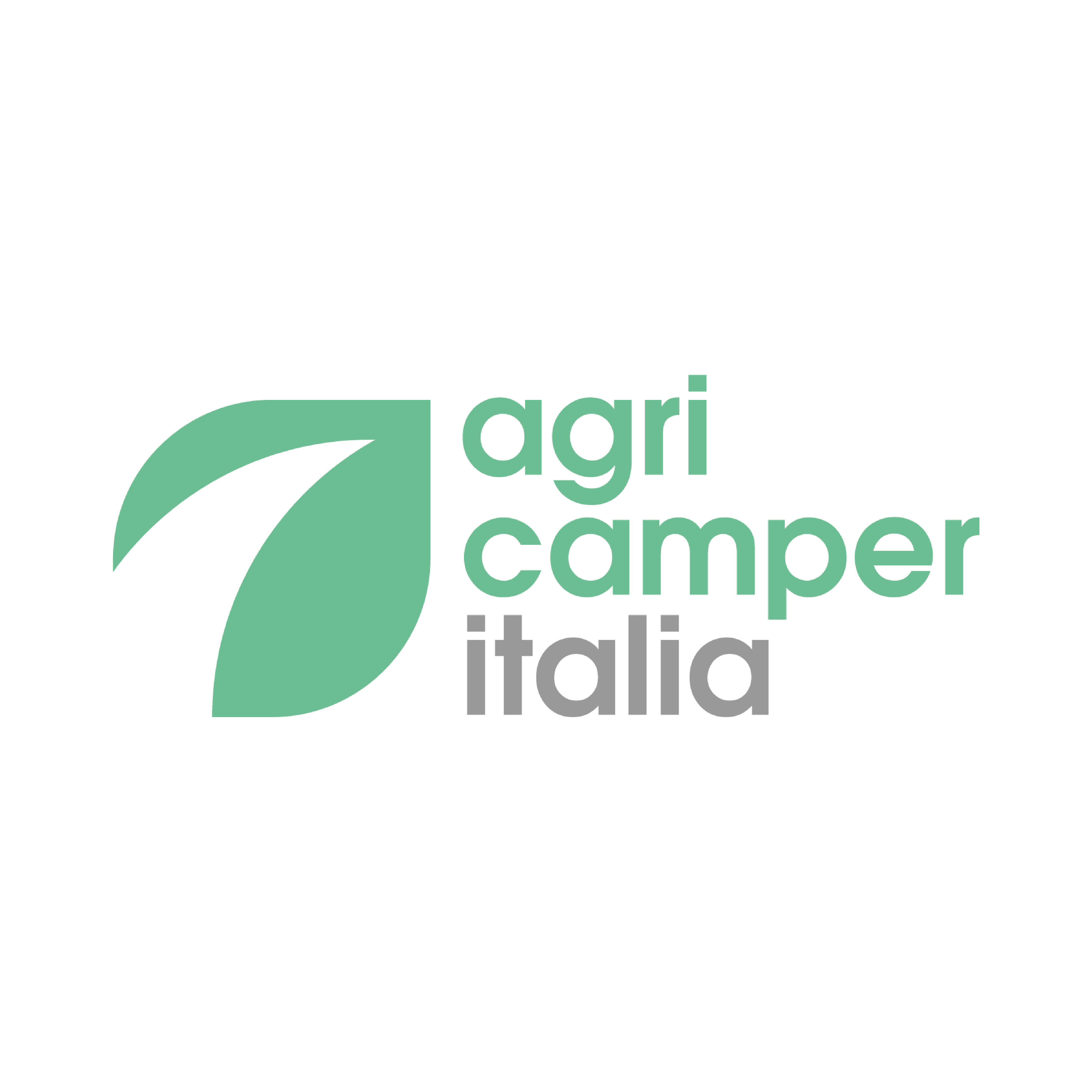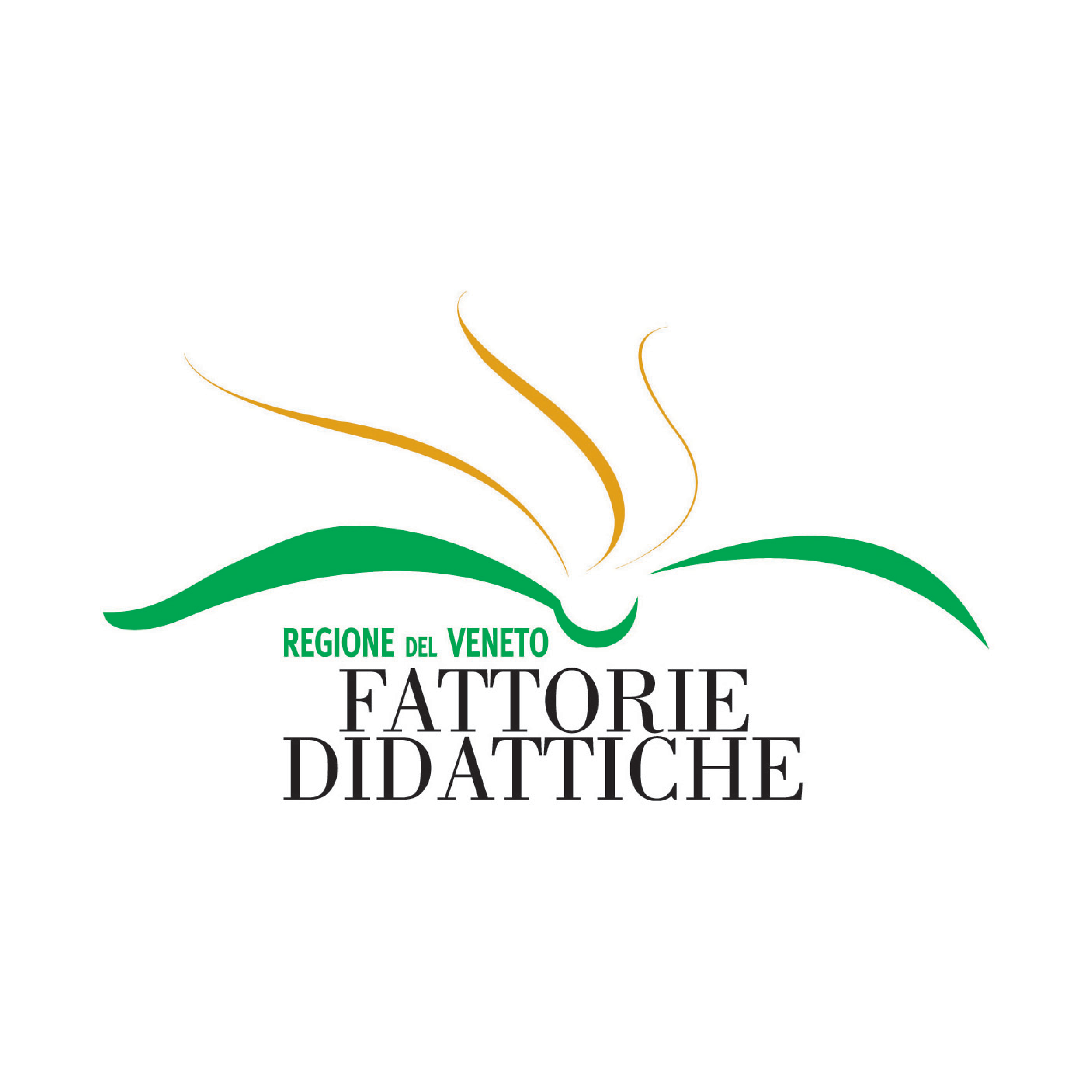Degustazioni
Degusta i nostri vini e vivi un’esperienza unica nel cuore della regione vinicola del Lago di Garda. Qui potrete godervi una degustazione di vini eccezionali, sia all’aperto che in cantina, prima o dopo una piacevole passeggiata tra i boschi e le colline circostanti.
Immersa in un paesaggio incantevole, la nostra cantina offre un ambiente accogliente e autentico, dove potrete assaporare i nostri vini pregiati. Se preferite l’aria aperta, potrete sedervi nella nostra suggestiva corte. Se invece desiderate conoscere il cuore pulsante della nostra produzione vinicola, vi accoglieremo calorosamente nella nostra cantina, dove potrete apprezzare l’atmosfera unica e le tradizioni tramandate di generazione in generazione.
I nostri vini
La famiglia Piccoli ha un’esperienza di almeno quattro secoli nella vitivinicoltura. E’ documentato infatti che fin dal 1600 i progenitori dell’attuale titolare avevano vigne a Cellore, in val d’Illasi.
Una storia di passione e tradizione: Corte Gardoni, un’azienda familiare guidata da Gianni Piccoli. I tre figli, Mattia, Stefano e Andrea, hanno portato avanti l’eredità, consolidando l’azienda e acquisendo competenze tecnico-scientifiche per produrre vini di alta qualità. Mattia, l’enotecnico, cura la cantina, Stefano si occupa dell’agronomia e Andrea della gestione aziendale. Un team vincente per un futuro di eccellenza.


